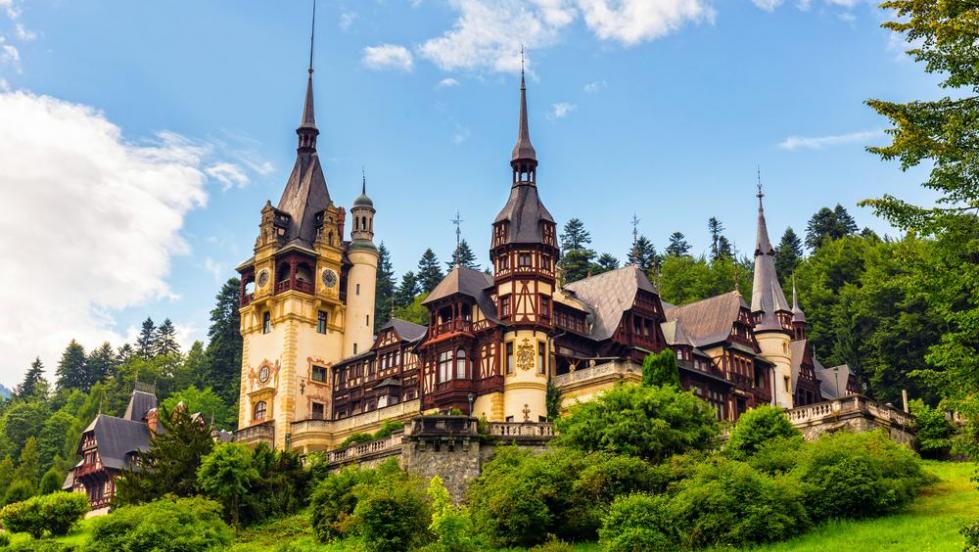About Romania
Romania is a southeastern European country known for the forested region of Transylvania, ringed by the Carpathian Mountains. Its preserved medieval towns include Sighişoara, and there are many fortified churches and castles, notably clifftop Bran Castle, long associated with the Dracula legend. Bucharest, the country’s capital, is the site of the gigantic, Communist-era Palatul Parlamentului government building. Romania is a sovereign state located in Southeastern Europe. It borders the Black Sea, Bulgaria, Ukraine, Hungary, Serbia, and Moldova. It has an area of 238,391 square kilometres (92,043 sq mi) and a temperate-continental climate. Romania has over 19 million inhabitants, its capital and largest city, Bucharest, is the sixth-largest city in the EU, with 1,883,425 inhabitants as of 2011. Modern Romania was formed in 1859 through a personal union of the Danubian Principalities of Moldavia and Wallachia. The new state, officially named Romania since 1866, gained independence from the Ottoman Empire in 1877. Owing to its distance from open sea and position on the southeastern portion of the European continent, Romania has a climate that is temperate and continental, with four distinct seasons. The popular summer attractions of Mamaia and other Black Sea Resorts attracted 1.3 million tourists in 2009. Most popular skiing resorts are along the Valea Prahovei and in Poiana Brașov. Castles in Transylvanian cities such as Sibiu, Brașov, and Sighișoara also attract a large number of tourists. Bran Castle, near Brașov, is one of the most famous attractions in Romania, drawing hundreds of thousands of tourists every year as it is often advertised as being Dracula's Castle.
